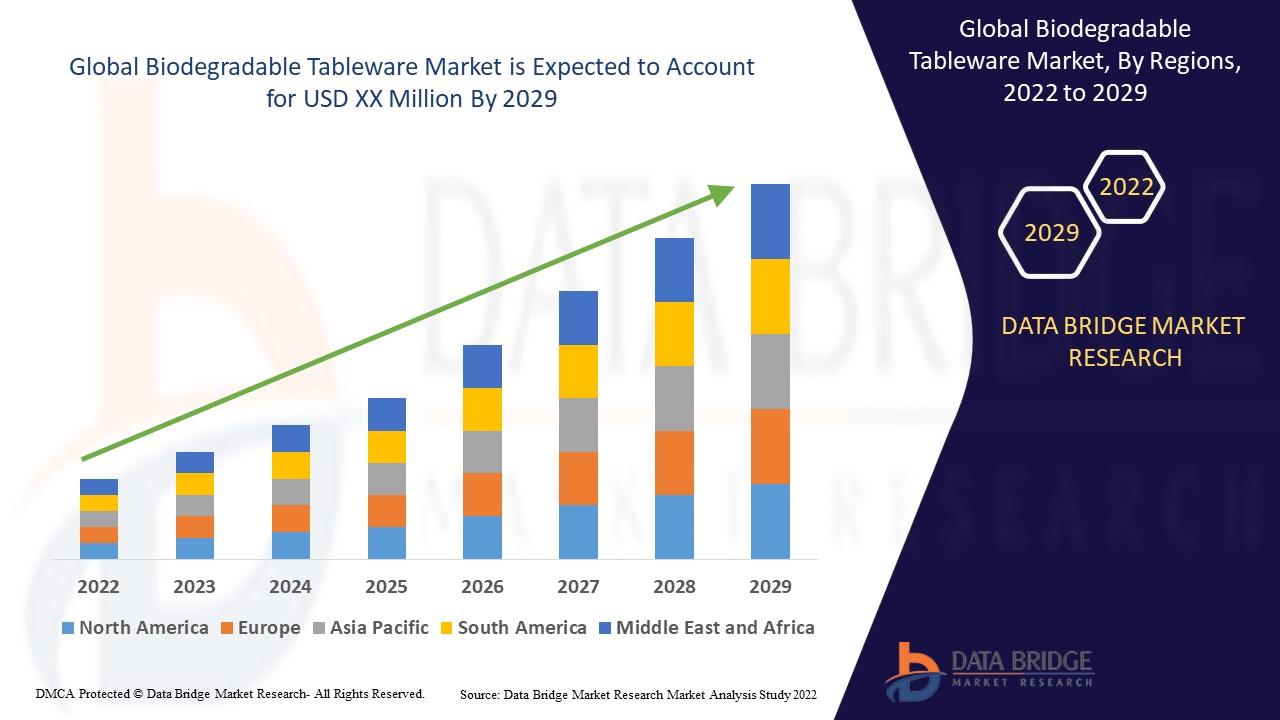The Future of Nearshore App Development: Trends to Watch in 2025

As we head into 2025, the software development landscape continues to shift at a rapid pace, driven by evolving technologies, talent demands, and business priorities. Among the many models businesses adopt for software creation, nearshore app development has emerged as a strategic favorite. This approach offers the perfect balance of cost-efficiency, time-zone alignment, cultural compatibility, and access to skilled talent — making it a go-to solution for organizations looking to scale development efforts quickly and effectively.
But what’s next for nearshore development? What trends will define 2025 and beyond?
In this blog, we’ll explore the top trends shaping the future of nearshore app development and why forward-thinking companies are doubling down on this approach — especially for custom enterprise application development.
Why Nearshore App Development is Gaining Momentum
Nearshore app development involves partnering with software development teams in neighboring or nearby countries. For North American companies, this often means working with teams in Latin America; for Western European businesses, destinations like Eastern Europe or the Mediterranean region are popular.
The key reasons nearshoring is booming include:
-
Time zone compatibility: Enables real-time collaboration and quick iterations.
-
Cultural alignment: Promotes better communication, fewer misunderstandings.
-
Cost optimization: Provides skilled talent at competitive rates without compromising quality.
-
Faster delivery: Nearshore teams are typically more agile and responsive.
As digital transformation accelerates, more companies are turning to this model to keep up with market demands.
Top Nearshore App Development Trends to Watch in 2025
Let’s dive into the emerging trends redefining how businesses leverage nearshore development for mobile and web applications.
1. AI-Enhanced Development Processes
AI is no longer just a buzzword — it's deeply integrated into software development workflows. In 2025, nearshore development teams will increasingly adopt AI-powered tools to:
-
Automate code reviews
-
Accelerate testing cycles
-
Generate code snippets
-
Predict project risks
This leads to faster time-to-market, fewer bugs, and improved app performance. Nearshore partners that leverage AI will offer a significant competitive advantage.
2. Focus on Niche Expertise for Enterprise Applications
More businesses are looking beyond generic software solutions to invest in custom enterprise application development tailored to their workflows. Nearshore teams are evolving to meet this demand by developing deep domain expertise in industries like fintech, healthcare, e-commerce, and logistics.
At FX31 Labs, we’ve seen a noticeable shift in client requests toward scalable, secure, and fully customized enterprise solutions. Collaborating with teams that understand industry-specific needs is becoming essential.
3. Integration of DevSecOps from Day One
Security breaches and data leaks have made headlines far too often in recent years. As a result, security is becoming a foundational part of the development lifecycle — not an afterthought.
Nearshore development companies are embedding DevSecOps practices into their workflows. This means:
-
Security protocols are implemented in CI/CD pipelines.
-
Vulnerability scanning tools are integrated during development.
-
Developers are trained in secure coding practices.
For organizations handling sensitive data, this shift is non-negotiable in 2025.
4. Bilingual & Multilingual Teams as the New Standard
Effective communication is the cornerstone of successful outsourcing. One trend gaining traction is the rise of bilingual or multilingual nearshore teams. These teams bridge communication gaps, reduce friction, and ensure smoother collaboration with English-speaking clients.
As more organizations expand their global presence, nearshore partners who invest in language skills are seeing higher client satisfaction and long-term partnerships.
5. Sustainable and Ethical Outsourcing Practices
Sustainability is becoming a critical factor in partner selection. Businesses are not only evaluating technical skills but also the ethical practices of their nearshore providers.
In 2025, expect to see:
-
Teams that follow green development principles (energy-efficient code, reduced cloud waste).
-
Companies investing in employee well-being and work-life balance.
-
Partners committed to diversity, equity, and inclusion.
Ethical outsourcing is no longer optional — it's a competitive differentiator.
6. Hyper-Personalized Client Experiences
Gone are the days of one-size-fits-all development processes. Nearshore partners are tailoring engagement models, tech stacks, and communication styles to suit individual client needs.
This includes:
-
Custom sprint planning for unique business priorities.
-
Adaptive UI/UX design tailored to end-user behavior.
-
Client-specific team structures for better synergy.
The ability to offer personalized service at scale will define the best nearshore app development companies in 2025.
7. Hybrid Work Environments Leading to 24-Hour Development Cycles
Post-pandemic, hybrid work models have become standard across tech teams. Nearshore providers are capitalizing on this by establishing distributed teams across multiple time zones — creating the possibility of nearly 24-hour development cycles.
Imagine U.S. teams handing off tasks at the end of their workday to nearshore teams, who then progress the work overnight. This continuous development loop significantly reduces delivery times.
8. Increased Adoption of Low-Code/No-Code Tools
While traditional development remains vital for complex apps, low-code/no-code platforms are seeing explosive growth. Nearshore teams are incorporating these tools to:
-
Rapidly prototype ideas
-
Create internal business apps
-
Launch MVPs faster
By blending low-code agility with custom backend development, nearshore providers are offering greater flexibility and faster ROI.
9. Cloud-Native Development as a Default
Cloud-native apps — built specifically to operate in distributed, scalable environments — are becoming the default. Nearshore teams are increasingly:
-
Using containerization (e.g., Docker, Kubernetes)
-
Leveraging serverless architecture
-
Adopting multi-cloud strategies for resilience
This shift supports business continuity, disaster recovery, and scalability essential for modern enterprises.
10. Greater Emphasis on Data-Driven Decision-Making
Analytics is not just for marketing teams anymore. Nearshore development teams are beginning to integrate data-driven decision-making into the software lifecycle. This includes:
-
Using analytics to guide UX/UI changes.
-
Tracking feature usage to prioritize future updates.
-
Applying metrics to optimize performance and resource allocation.
Apps developed with a data-first mindset outperform those driven solely by intuition.
Choosing the Right Nearshore App Development Partner in 2025
As trends evolve, so must your criteria for choosing a nearshore partner. Here’s what to look for:
-
Proven expertise in your industry or niche.
-
Transparent communication practices and collaborative tools.
-
Security-first approach embedded into workflows.
-
Cultural alignment and time zone compatibility.
-
Commitment to innovation, from AI to DevSecOps.
At FX31 Labs, we’re proud to offer nearshore app development that blends technical excellence with strategic insight. Our teams specialize in delivering scalable solutions, whether you're building a consumer-facing mobile app or investing in custom enterprise application development to streamline internal operations.
Final Thoughts
Nearshore app development is no longer just a cost-saving tactic — it’s a forward-thinking strategy for innovation and growth. As we move into 2025, businesses that harness the power of nearshore teams will not only reduce time-to-market but also gain access to emerging technologies, smarter workflows, and top-tier talent.
The trends outlined above show just how dynamic and transformative nearshore development is becoming. If your business is ready to scale, innovate, or digitally transform, now is the time to explore what nearshore app development can offer — and stay ahead of the curve.








